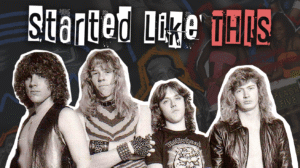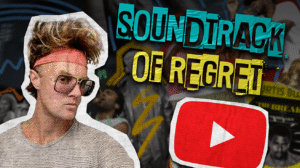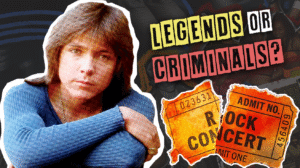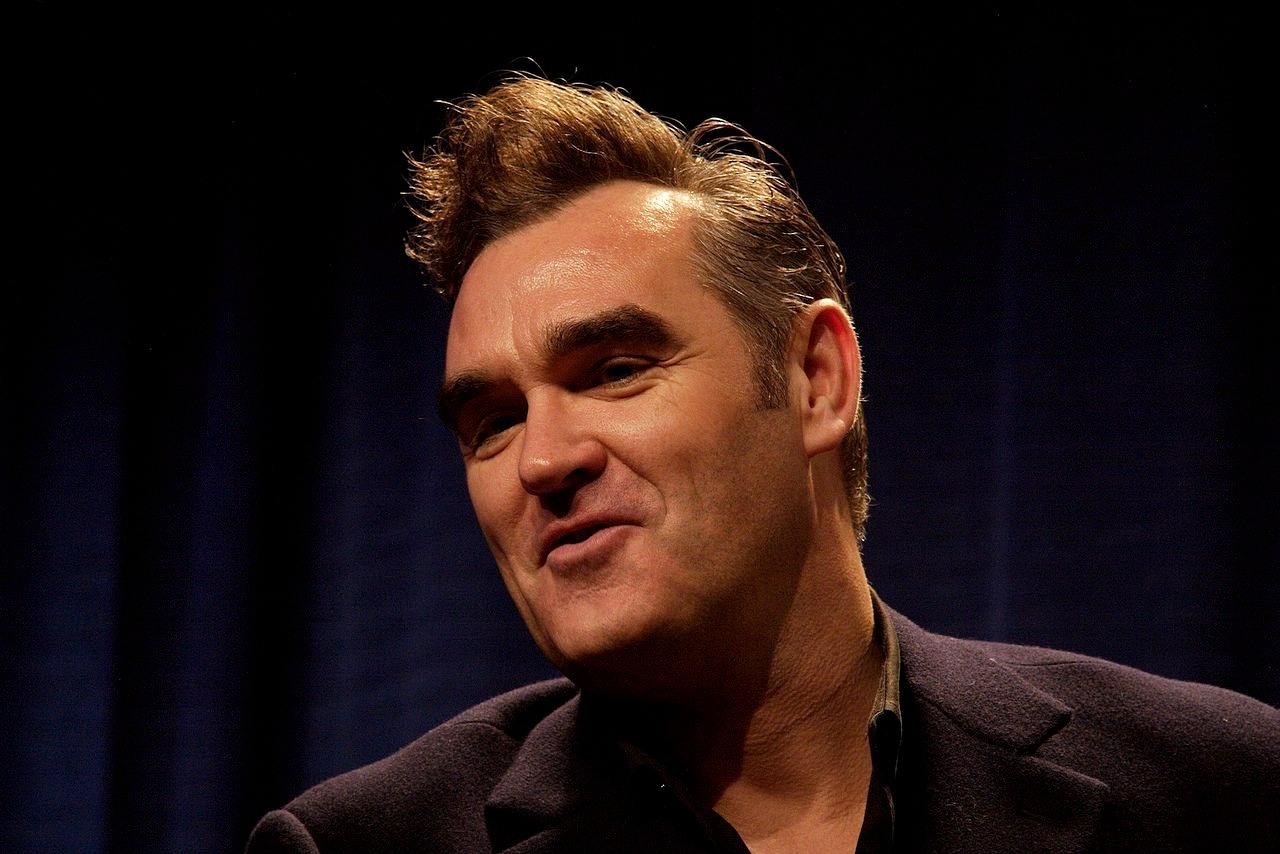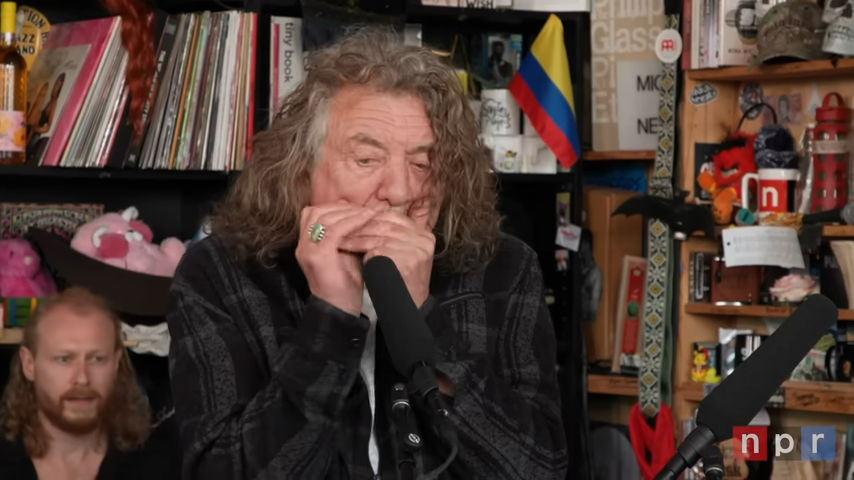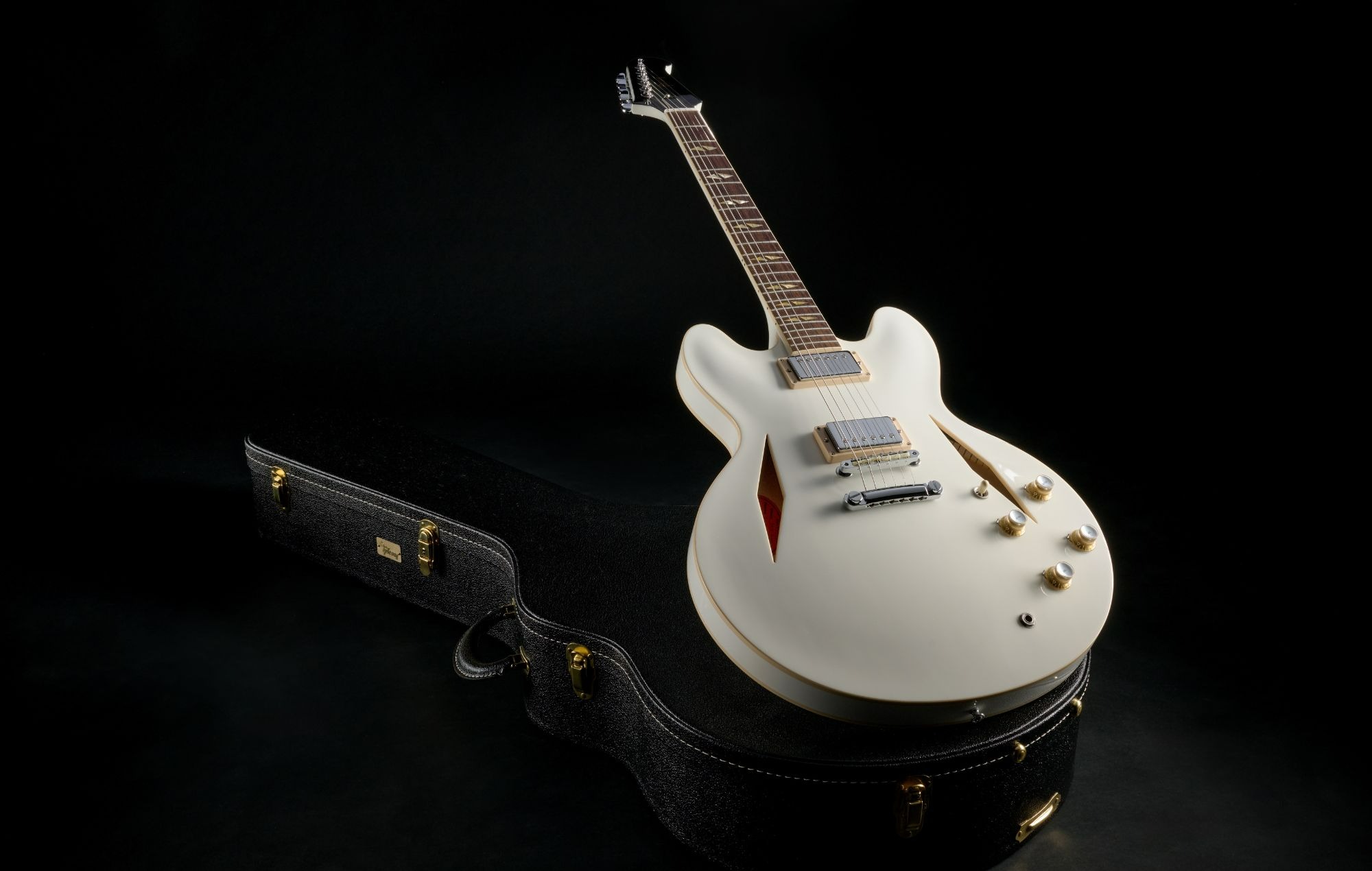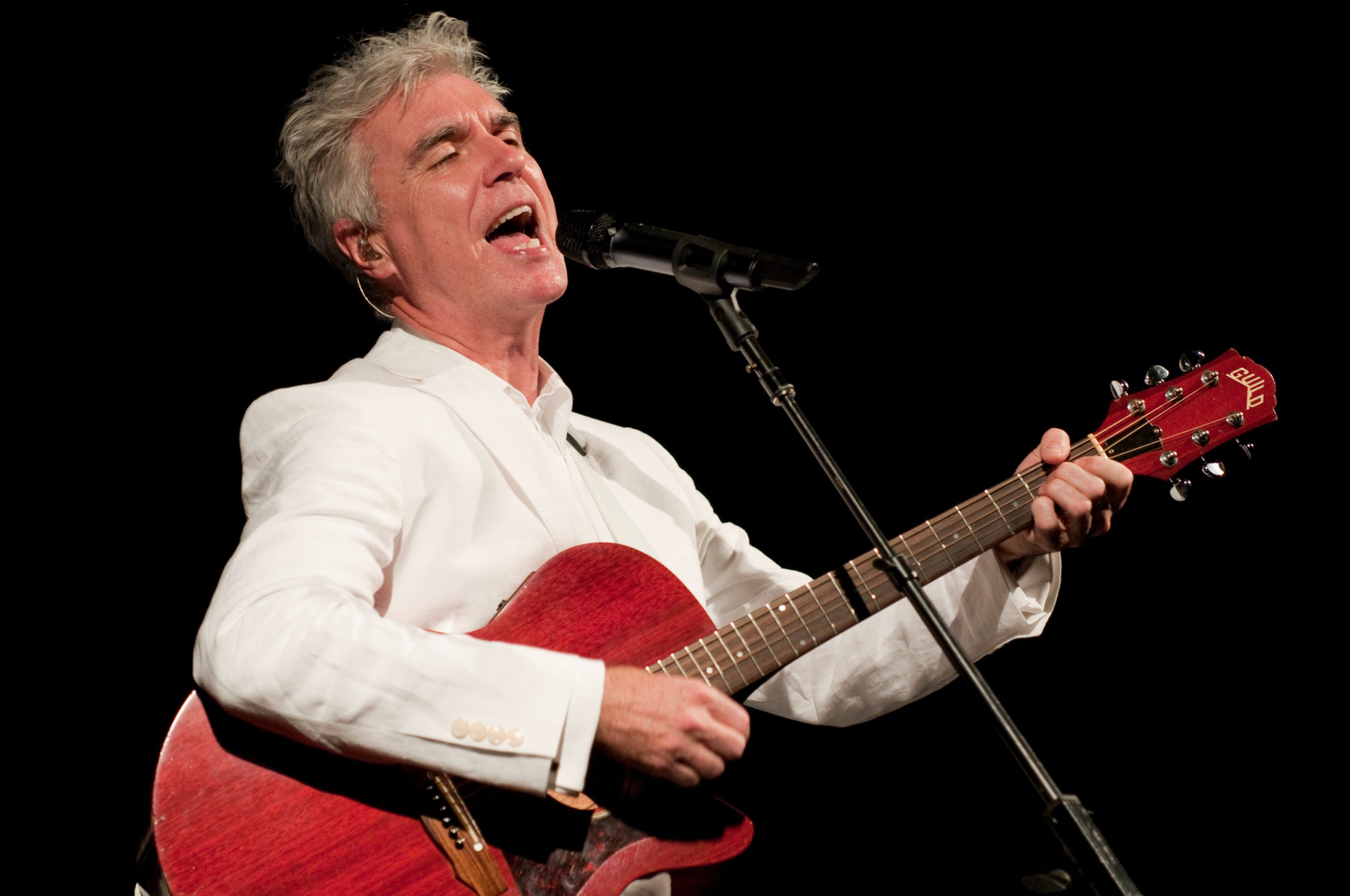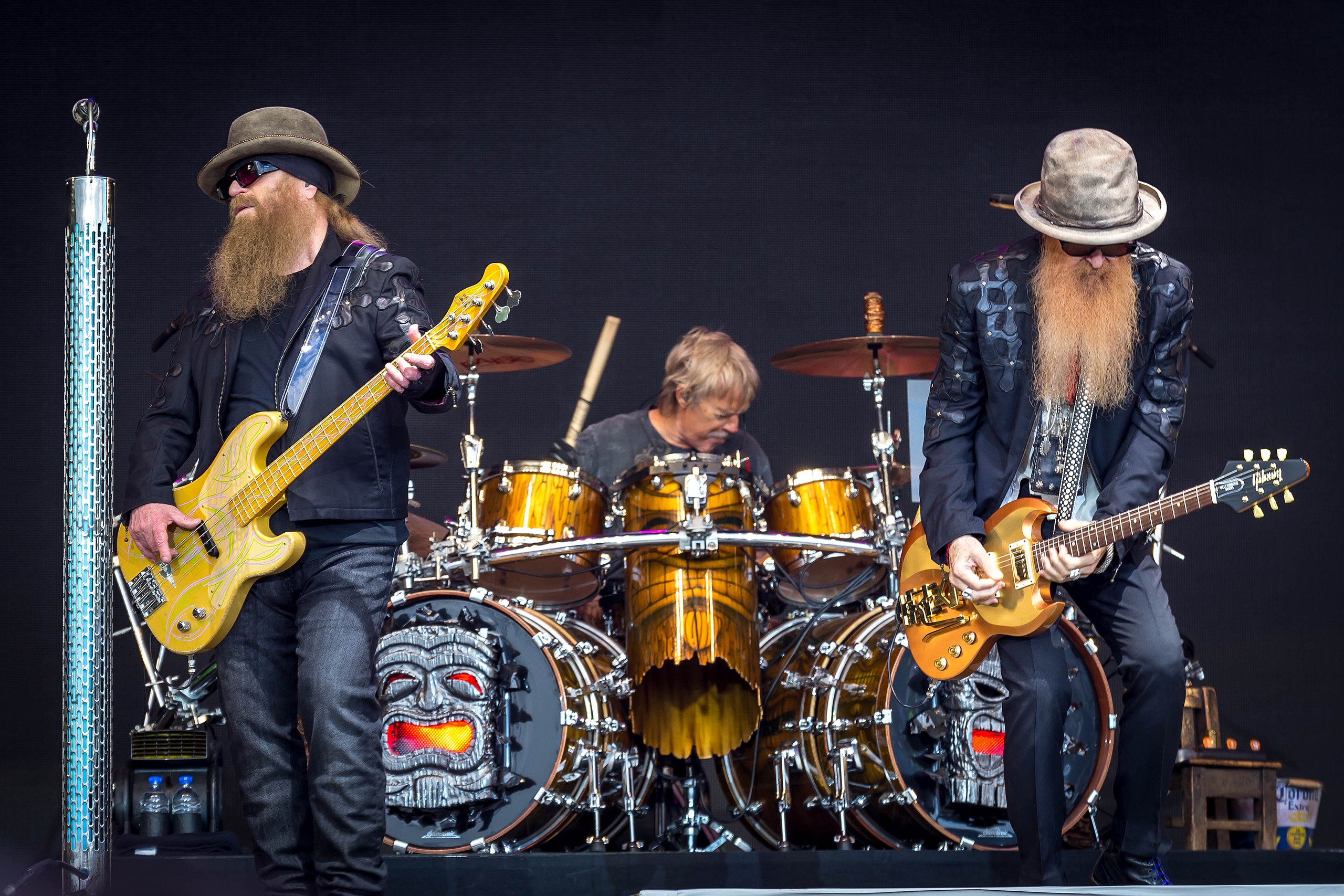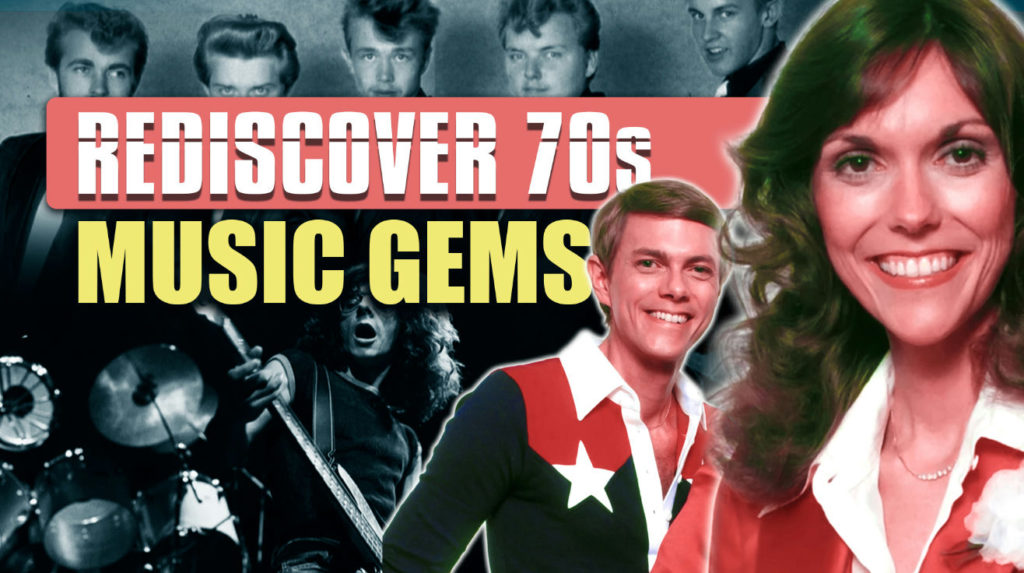
These bands—some fleeting, some forgotten, some familiar—shaped the 1970s in ways that still echo through modern music.
So dig beyond the algorithms and rediscover these musical time capsules. When hair was bigger than career ambitions, pants were tighter than modern-day data security, and music was having an explosive identity crisis. Your playlist will thank you, and you might find yourself becoming that insufferable friend who’s always saying, “Well, actually, that sound originated with…”
20. Television
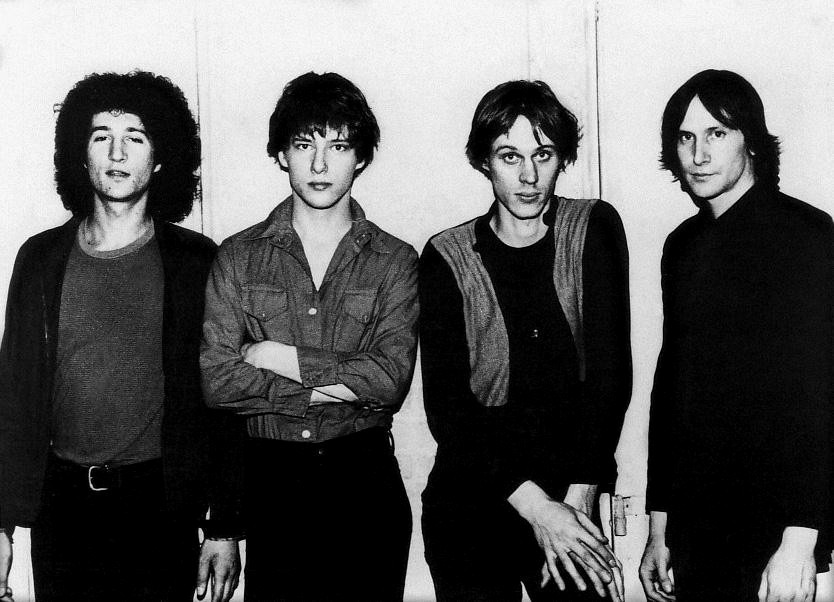
Television stood apart with guitar work so jagged it should come with a tetanus warning and lyrics cryptic enough to make English professors question their career choices. Their 1977 masterpiece ‘Marquee Moon’ is what happens when punk rock goes to graduate school but still shows up with a hangover.
Tom Verlaine and Richard Hell’s personalities clashed with the intensity of two cats fighting over the last sunny spot. Hell’s departure in 1975 marked a turning point that was either devastating or exactly what they needed, depending on which music historian you ask after a few drinks.
Their second album ‘Adventure’ followed in 1978, but like that sequel nobody asked for, it couldn’t capture the original magic. They broke up shortly after but reunited in 1992 when they realized their influence had made them accidentally important. Their dual-guitar approach influenced countless bands who still can’t quite figure out how they did it.
19. The Modern Lovers

The Modern Lovers emerged from Boston with a stark vision that made them proto-punk prophets before safety pins became fashion. Jonathan Richman’s self-taught style was like watching someone invent their own language and somehow make sense—authentic rock when everyone else was busy with 20-minute prog epics about wizards.
Their simplicity was revolutionary in an era when technical prowess trumped emotion. Their self-titled debut influenced everyone who heard it (approximately twelve people, all of whom apparently started bands). They bridged the gap between the Velvet Underground and punk, creating the sonic equivalent of a secret handshake for music nerds.
18. The Sex Pistols
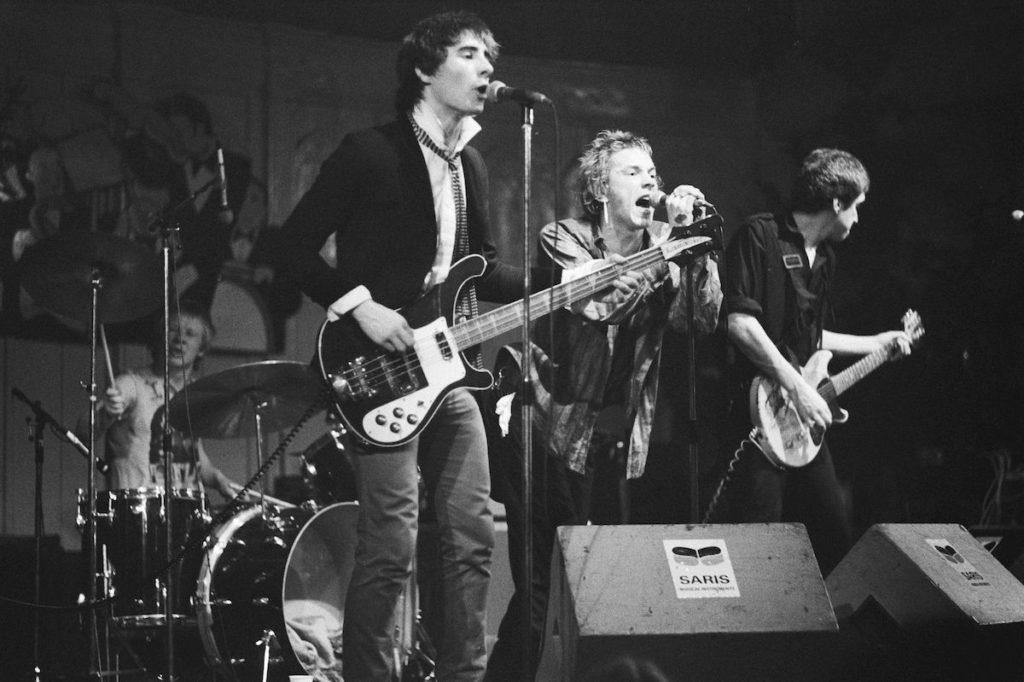
The Sex Pistols didn’t just stir up chaos—they bottled it and hurled it at the establishment like a Molotov cocktail in bondage pants. Formed in London in 1975, they were less a band and more a cultural hand grenade with Johnny Rotten as the pin.
“Anarchy in the UK” wasn’t just a song—it was a mission statement delivered with a sneer that could curdle milk from across the room. Their only studio album “Never Mind the Bollocks” arrived in 1977, promptly getting banned, which in marketing is what we call “hitting the jackpot.”
They imploded faster than a reality TV marriage but left a crater-sized impact on music, fashion, and the art of professional troublemaking.
17. The Jam
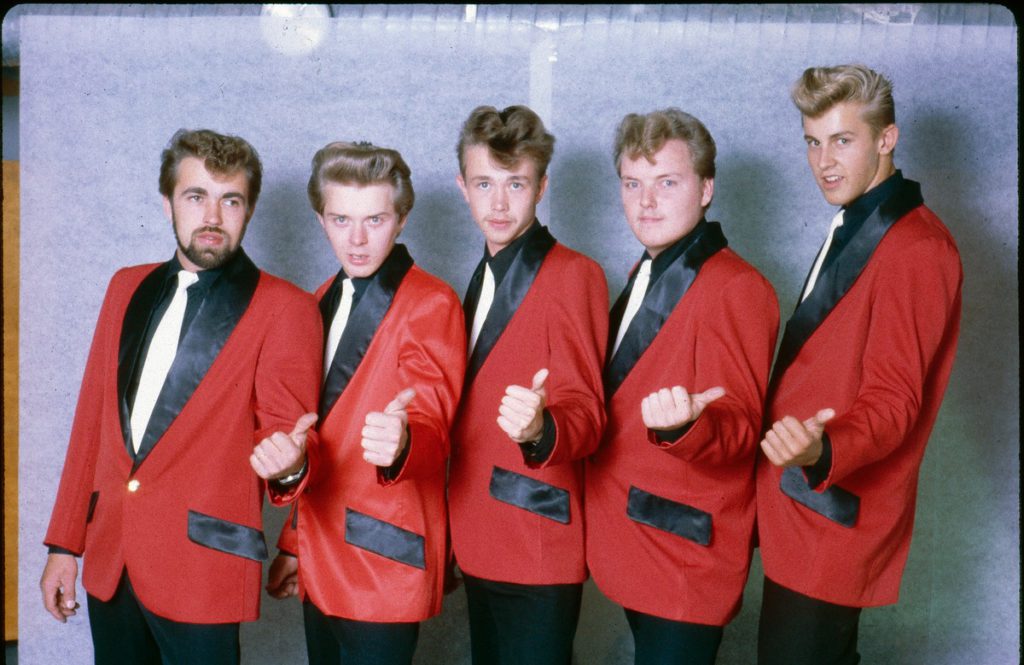
The Jam wielded cultural power in the UK that Americans missed like they miss the point of soccer. Their 1977 debut “In the City” was a mod revival manifesto with punk’s energy but sharper suits and better haircuts.
Paul Weller wrote lyrics that captured British working-class anxiety with the precision of a documentary filmmaker who also played guitar like his life depended on it. They sounded like The Who’s angry younger brothers who’d read political theory between smashing instruments.
While topping UK charts, they remained as mystifying to Americans as Marmite. They split at their peak in 1982, demonstrating the rare musical superpower of knowing when to exit—something most bands understand about as well as quantum physics.
16. King Crimson
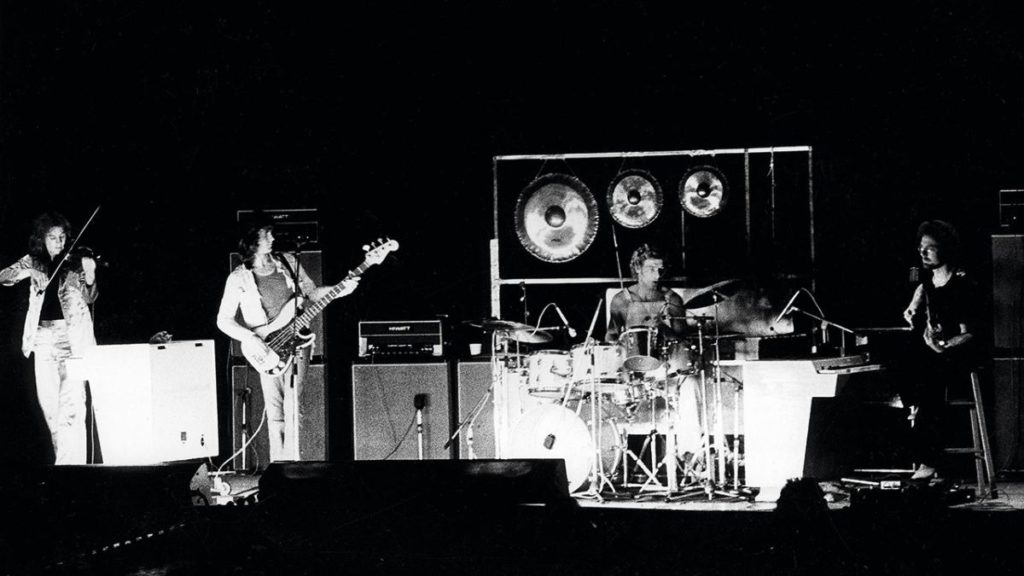
King Crimson didn’t just push musical boundaries—they redrew the map, burned the original, and made you question what music was supposed to be. Their fusion of jazz complexity, classical ambition, and experimental weirdness created something that made both hippies and math professors stroke their beards thoughtfully.
Their 1969 album ‘In the Court of the Crimson King’ arrived like a monolith from an advanced civilization, with “21st Century Schizoid Man” serving as their ambassador of controlled chaos—like riding a roller coaster designed by Salvador Dalí.
The band’s lineup changed more frequently than a teenager’s profile picture, with Robert Fripp standing at the center like the eye of a hurricane—if the hurricane wore cardigans and could play in 17/8 time. Their innovation continues to inspire musicians who believe that “accessible” is a dirty word.
15. Budgie
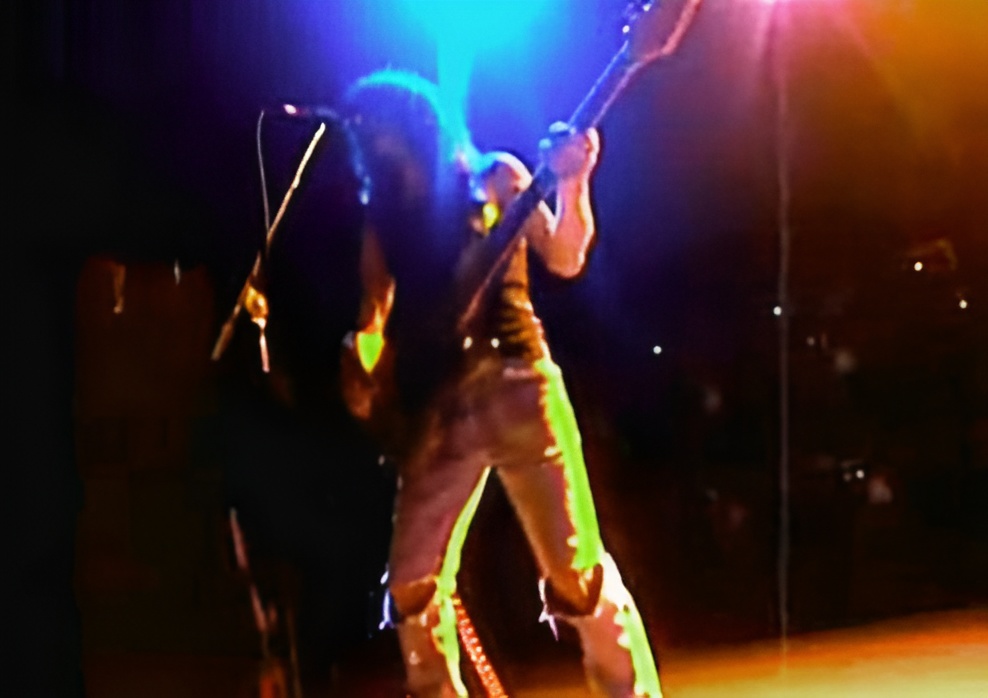
Budgie was the band that metal historians name-drop to separate casuals from connoisseurs. This Welsh power trio blended hard rock crunch with progressive ambition like a chef combining bacon and chocolate—strange on paper, but delicious in practice.
They unleashed seven albums in the 1970s that showcased the bizarre alchemy of Burke Shelley’s voice (imagine a heavy metal choirboy having an existential crisis) paired with his thundering bass and Tony Bourge’s guitar heroics. Their track “Breadfan” was so good that Metallica basically said “yep, we’ll have that” and introduced it to audiences who thought they were hearing something new.
Their album titles read like rejected sci-fi novels, and they remained cult heroes rather than stadium fillers. They earned something arguably more valuable than fame: the undying respect of musicians who actually went on to make money.
14. Montrose
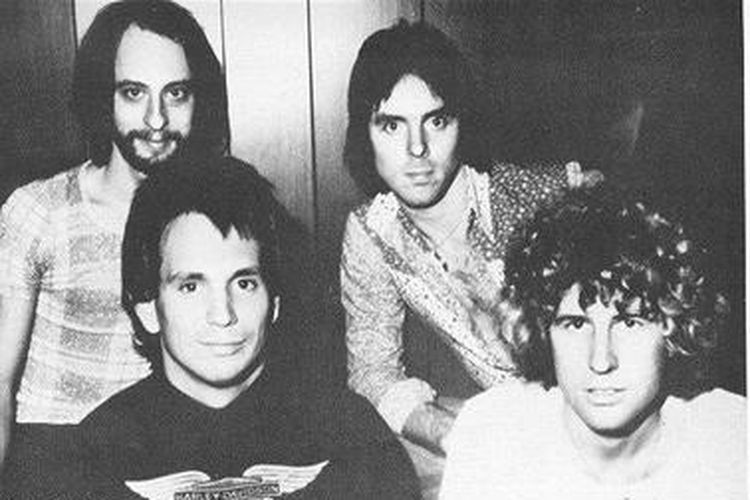
Montrose was the rock band equivalent of that influential teacher everyone forgot but whose lessons shaped a generation. Their brand of raw American rock provided the instruction manual for thousands of longhairs with guitars who followed.
The original lineup featured a pre-tequila-empire Sammy Hagar, whose vocals had all the subtlety of a sledgehammer through drywall but twice the impact. Their 1973 debut contained two perfect specimens of testosterone-fueled rock: “Rock Candy” and “Bad Motor Scooter”—songs that still cause spontaneous air guitar outbreaks among men of a certain age.
Hagar departed faster than free beer at a college party, chasing his destiny as the guy who couldn’t drive 55. The band soldiered on with replacement singers, but like replacing a wheel with a watermelon, it wasn’t the same. Their influence spread like wildfire, laying groundwork for American metal while the band members faded into obscurity.
13. Badfinger
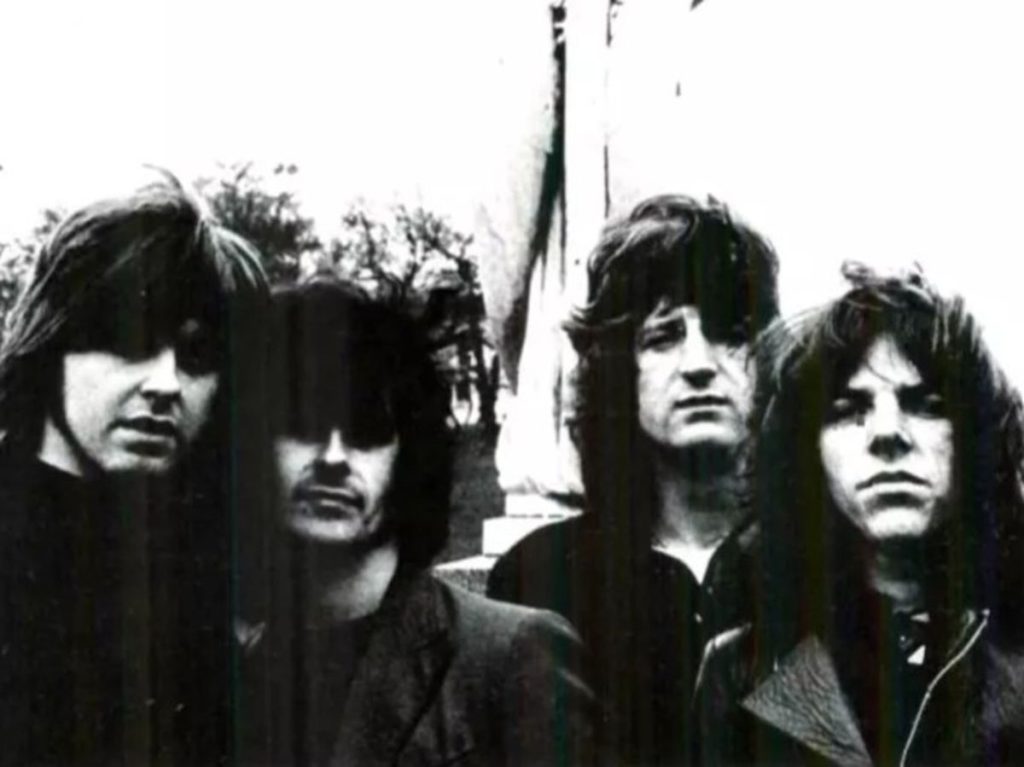
Badfinger created music so Beatles-esque that even Paul McCartney probably found himself humming their songs and wondering when he’d written them. Their perfect power-pop earworms tunneled into the charts in the early ’70s with the precision of musical brain surgeons.
“No Matter What” became their calling card—three minutes of pop perfection that makes you wish radio still mattered. Their track “Baby Blue” enjoyed a renaissance when it soundtracked Walter White’s final moments in “Breaking Bad,” introducing a new generation to the band.
Being signed to The Beatles’ Apple Records should have been their golden ticket, but became their curse—like being adopted by royalty who then immediately lost their fortune. Financial disasters and legal nightmares stalked them like debt collectors at a lottery winner’s reunion.
The band’s story ended tragically when Pete Ham in 1975 and Tom Evans in 1983 took their own lives—making Badfinger perhaps the only band whose music sounds like pure joy but whose story reads like a Greek tragedy.
12. Big Star
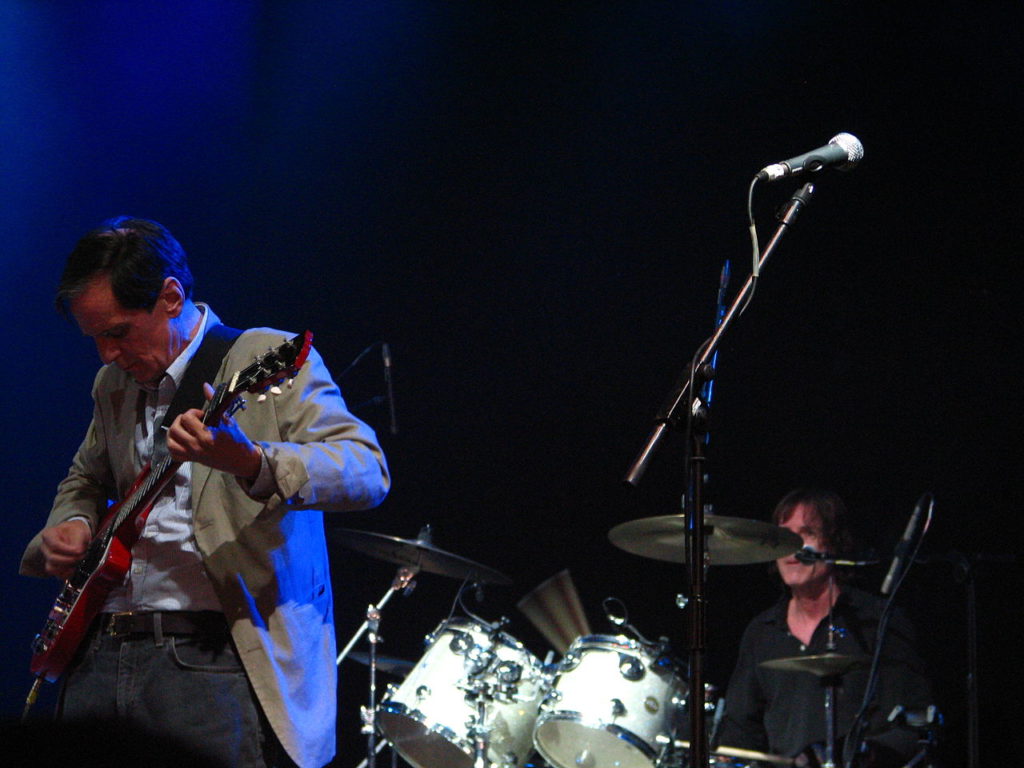
In humid Memphis nights of the early 1970s, Big Star was born like a beautiful accident—the musical equivalent of lightning striking twice and somehow being ignored both times. Their melodies should have dominated radio the way cat videos dominate your work breaks.
Their jangly guitars sounded like sunshine reflecting off a broken heart, while their lyrics explored themes with the depth of that friend who gets philosophical after exactly two beers. Their 1972 debut ‘#1 Record’ became the cosmic joke of the century when distribution issues buried it faster than your teenage diary.
Despite creating the sonic blueprint for approximately 73% of all indie rock that followed, Big Star remained commercial kryptonite. They were master chefs serving gourmet meals while everyone lined up at McDonald’s. Their influence on R.E.M. and The Replacements is so profound it’s practically parental, making them the ultimate “your favorite band’s favorite band”—music’s equivalent of being Twitter-famous but broke in real life.
11. The Sweet
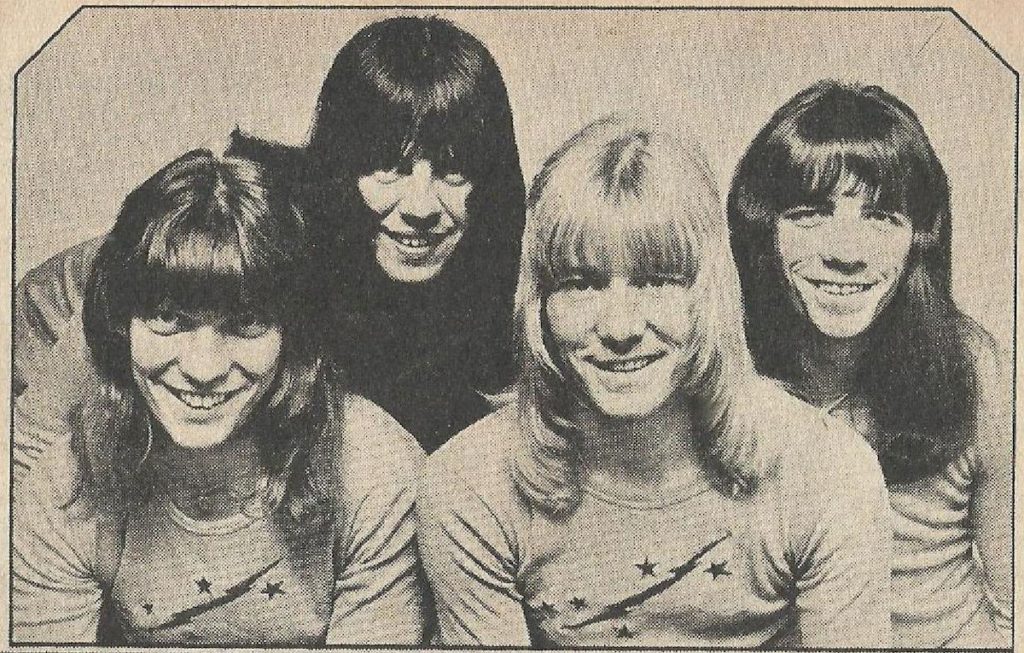
The Sweet emerged from London packaged as a bubblegum pop act but eventually proved to be the musical equivalent of a mullet—business in the front, party in the back. Their early singles like “Funny Funny” and “Co-Co” were innocent enough to be played at children’s parties, assuming you wanted your children to develop excellent taste.
When “Block Buster!” crashed the charts in 1973, it revealed their true form: glam rock warriors armed with platform boots, enough makeup to bankrupt Sephora, and riffs that could demolish small buildings. The tension between songwriters Chinn/Chapman and the band was like watching parents fight with rebellious teenagers who just wanted to play their music louder.
The Sweet created the perfect bridge between pop accessibility and hard rock credibility—a musical Trojan horse that sneaked heavy guitar work into the mainstream under the guise of catchy hooks and pretty faces. Their influence on both power pop and hair metal makes them the missing evolutionary link between The Beatles and Mötley Crüe.
10. M
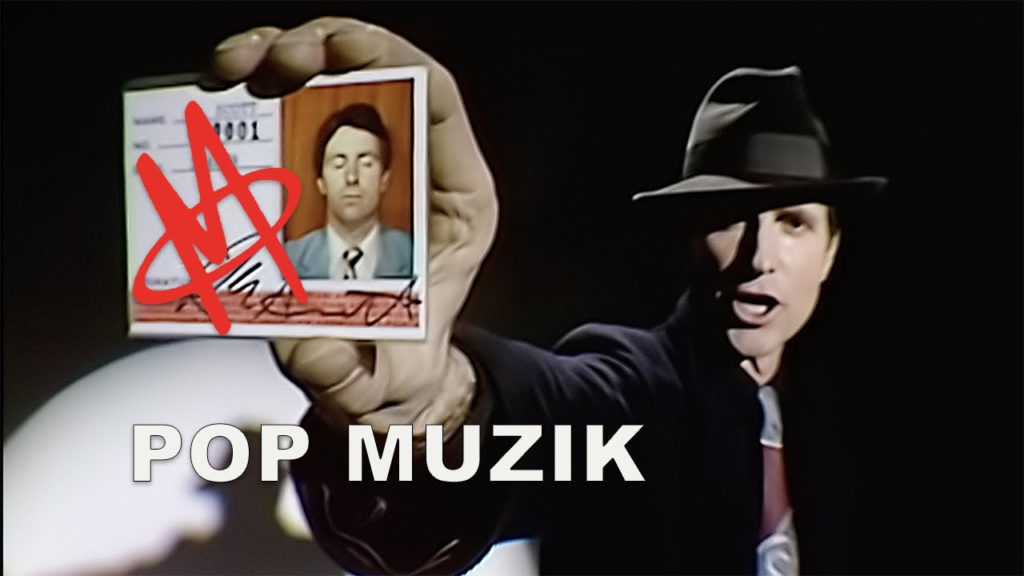
M (aka Robin Scott) created the musical equivalent of a time traveler arriving from 1985 to tell everyone in 1979 what was coming. His hit “Pop Muzik” was a minimalist slice of synth-pop that sounded like it was beamed in from a future where computers made music and humans just pressed play—which, ironically, is exactly what happened.
With its robotic delivery and commentary on pop culture, the song was either brilliant satire or shameless commercial calculation—possibly both, making it the musical equivalent of having your cake, eating it too, and then writing a song about cake consumption.
“Pop Muzik” hit #1 worldwide, after which M promptly vanished faster than free food at an office party. Scott proved that sometimes all you need is one perfect idea at the right moment—and preferably a one-letter name that makes you impossible to search for on modern streaming services.
8. Fleetwood Mac
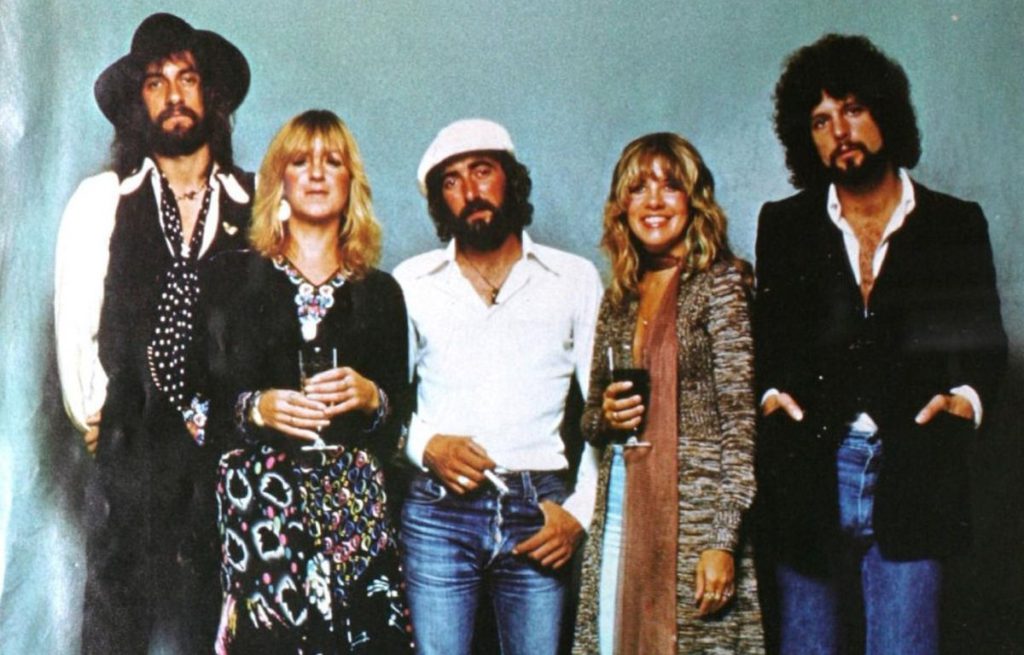
Fleetwood Mac didn’t just reinvent themselves—they were musical shapeshifters with commitment issues. Born as a British blues band in 1967 under guitar wizard Peter Green (who wrote “Black Magic Woman” before Santana borrowed it), they went through more transformations than a Transformer with an identity crisis.
The masterstroke came when they relocated to California and added the toxic-but-magical combination of Buckingham and Nicks in 1975, transforming from blues purists to pop-rock alchemists overnight.
Their 1977 album ‘Rumours’ wasn’t just recorded—it was extracted from the radioactive fallout of two relationships imploding while everyone was trapped in a studio. The resulting songs were less an album and more a series of exquisitely crafted musical passive-aggressive notes. It sold 40 million copies, proving that nothing sells records like emotional devastation set to catchy hooks.
The band essentially invented the template for turning interpersonal catastrophe into commercial success—a model later adopted by Taylor Swift, except Fleetwood Mac kept all the drama within one band rather than spreading it across the entire male population.
8. Lynyrd Skynyrd
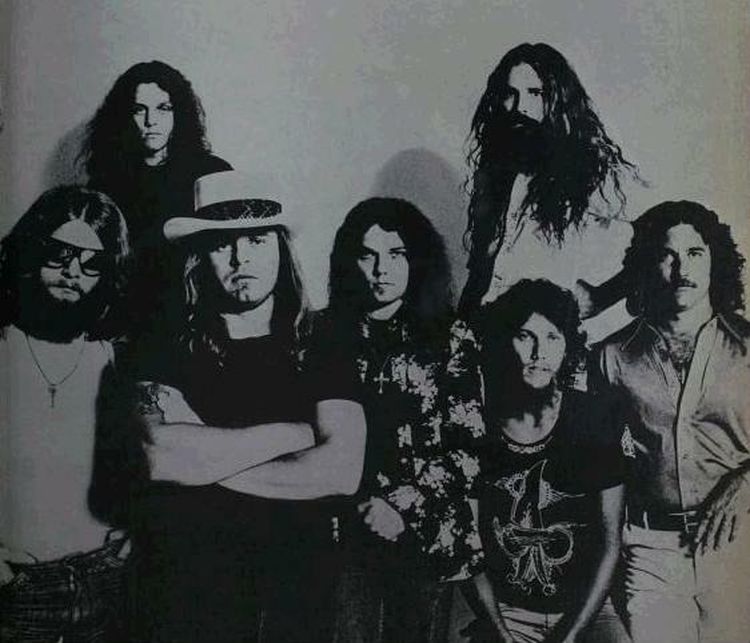
Lynyrd Skynyrd emerged from Jacksonville with three guitars, flannel shirts, and enough Southern swagger to make a bourbon distillery blush. Their 1973 debut arrived after years of touring in venues where the floor was stickier than their riffs.
“Free Bird” became rock’s most infamous encore request—nine minutes of guitar heroics that’s either the pinnacle of Southern rock or an elaborate practical joke on bartenders trying to close. “Simple Man” offered life advice more widely quoted in tattoo parlors than any Shakespeare sonnet.
Ronnie Van Zant wrote with the directness of your most honest drunk uncle at Thanksgiving. “Sweet Home Alabama” began as a rebuttal to Neil Young and ended up as the unofficial anthem of states that aren’t even Alabama.
Their ascent was cut short by the 1977 plane crash that killed Van Zant and others—a tragedy that shadowed their legacy. The band later reformed with Ronnie’s brother Johnny, making them simultaneously a tribute band and the real thing—a paradox classic rock fans still debate over warm beers.
7. Derek and the Dominoes
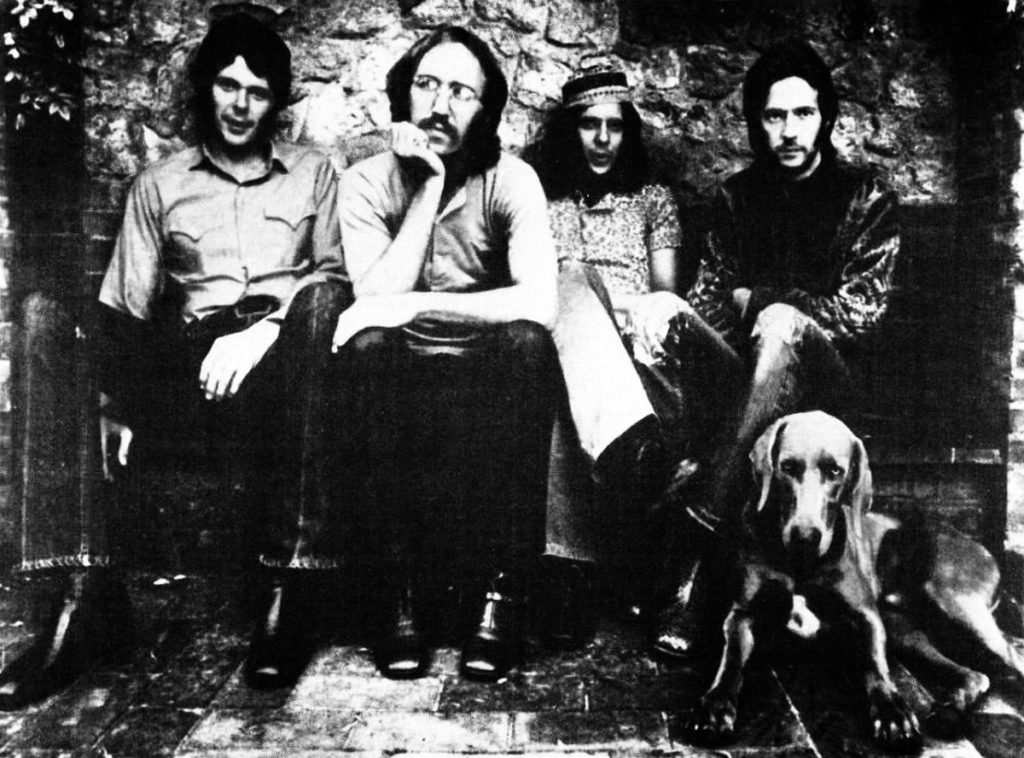
Derek and the Dominoes was less a band and more Eric Clapton’s musical therapy session that accidentally became one of rock’s greatest albums. This was the supergroup equivalent of those Instagram photos where someone looks amazing while their life is falling apart.
The group released exactly one album in 1970, ‘Layla and Other Assorted Love Songs’—inspired by Clapton’s hopeless passion for George Harrison’s wife Pattie Boyd. Nothing says “I respect our friendship” quite like writing an album about how much you covet your best friend’s spouse. “Layla” remains the most elaborate romantic gesture that today would probably result in a restraining order.
Bobby Whitlock provided keyboards and vocals, creating a musical partnership that burned with the intensity of a relationship that knows it’s terminal. The band’s chemistry was like a perfect soufflé—extraordinary but impossible to maintain, especially with Clapton’s heroin addiction.
They dissolved after one tour, proving sometimes the most beautiful creations come from the most unstable foundations.
6. Joy Division
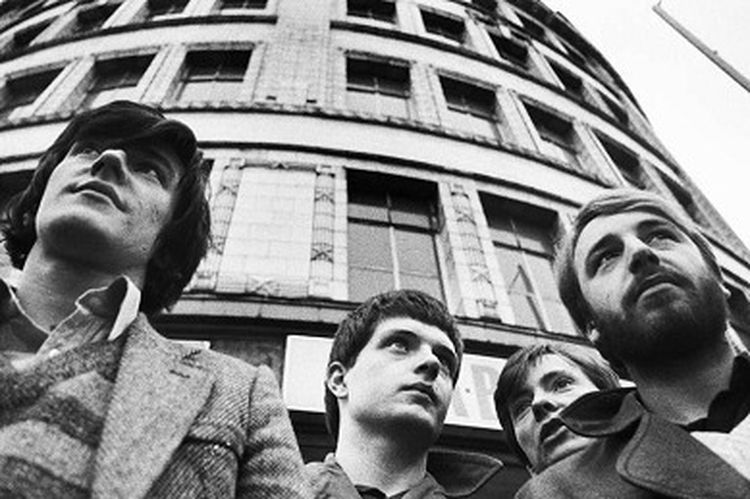
Joy Division created music so unsettling it makes your most awkward family dinner seem like a Caribbean vacation. Their stark sound stood apart like that mysteriously intense person at a party who’s somehow both avoiding everyone and commanding the room.
Ian Curtis’s baritone didn’t just convey emotion—it dragged it kicking and screaming from the depths, then served it raw. His lyrics explored depression with the brutal honesty of 3 AM thoughts, but with better rhythm and fewer spelling errors.
Their 1979 album ‘Unknown Pleasures’ became iconic—that pulsar wave t-shirt is now the unofficial uniform for people who want you to know they’re deep without conversation. Curtis’s tragic suicide in May 1980 created that uncomfortable artistic situation: a legacy defined as much by what might have been as what was.
Their posthumous releases stand as beautiful reminders that sometimes the most profound art comes from the darkest places. Their sound continues to inspire artists who want their music to make you dance while questioning your existence—the emotional equivalent of patting your head while rubbing your stomach.
5. The Runaways
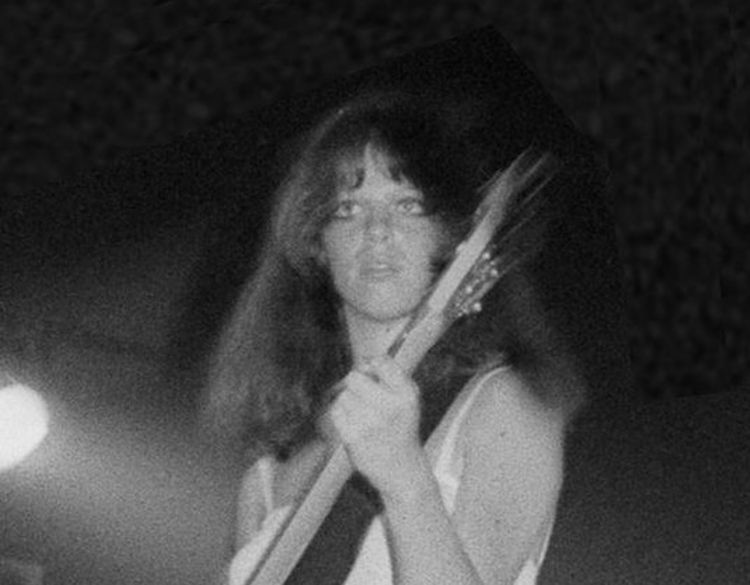
The Runaways were what happened when someone finally asked “what if we let teenage girls actually play rock music instead of just screaming at it?” Future legends Joan Jett and Lita Ford cut their teeth in this groundbreaking group that proved women could rock just as hard as men—and look way cooler doing it.
Their 1976 anthem “Cherry Bomb” was more dangerous and confrontational than anything their male peers were producing—like a musical Molotov cocktail thrown at the establishment in platform boots. While America clutched its pearls, Japan embraced them with a fervor usually reserved for actually good ideas.
Creative differences between Jett’s raw punk sensibilities and Ford’s metal aspirations eventually tore the band apart after just four years. But in that brief time, they showed a generation of women that picking up a guitar wasn’t just for boys—it was for anyone with something to say and the attitude to back it up.
4. Wild Cherry
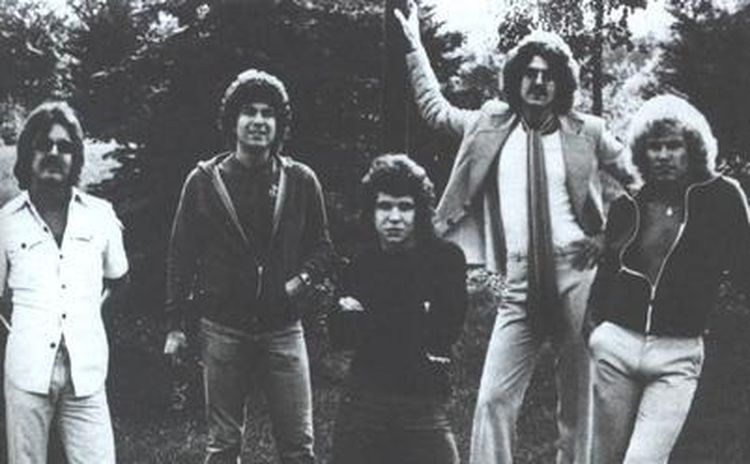
Wild Cherry is living proof that sometimes all you need is one perfect moment to achieve immortality. This band of Ohio rock refugees led by Rob Parissi started playing hard rock covers about as successfully as a vegan restaurant in a steakhouse district.
Named after a cough drop (seriously), the band’s destiny changed when a club patron shouted what would become the most profitable heckle in music history: “Play some funky music, white boy!” Instead of getting offended, Parissi wrote down what would become the greatest accidental marketing slogan since “Just Do It.”
Their 1976 smash “Play That Funky Music” combined rock guitar with R&B grooves in a marriage so perfect it should have had its own reality show. The track topped both pop and R&B charts—the musical equivalent of winning gold in both figure skating and heavyweight boxing.
The band spent three albums trying to recapture lightning in a bottle, but it turns out lightning has a strict one-bottle policy. Their hit lives on at every wedding and office party where middle-aged white people need something to dance to after three drinks.
3. The Carpenters
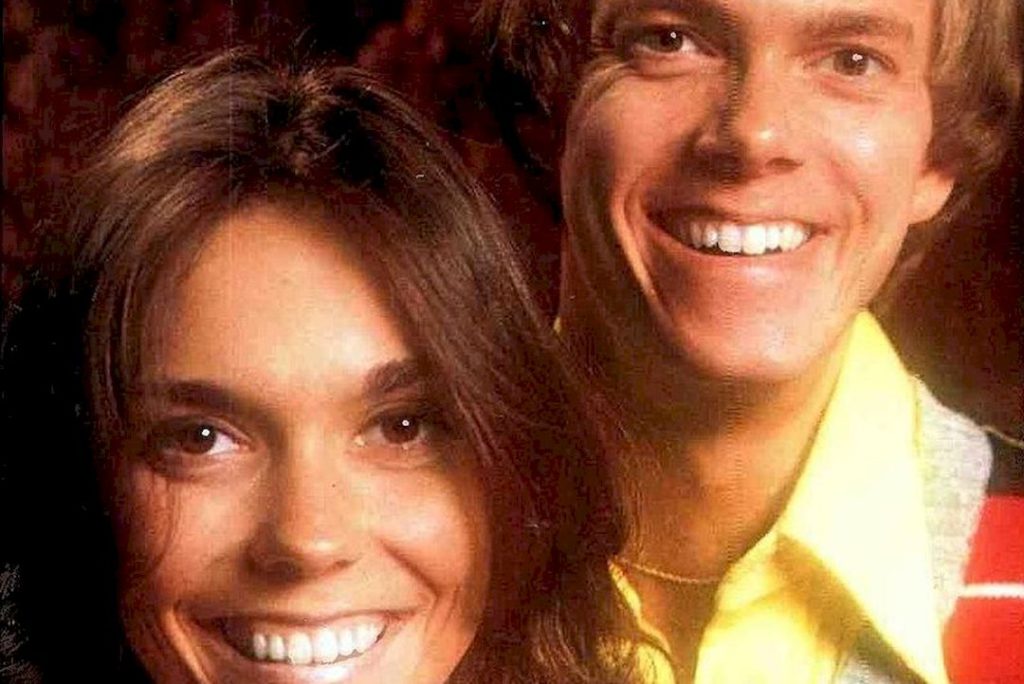
The Carpenters were the musical equivalent of that perfectly decorated suburban home that’s hiding all kinds of darkness behind its manicured lawn. Karen and Richard Carpenter created songs so pristine and perfectly crafted they could make even the happiest person feel a twinge of melancholy.
Karen’s voice was like velvet wrapped around your heart—warm, intimate, and somehow both comforting and heartbreaking at the same time. While other singers of the era were screaming to be heard, she simply whispered and the whole world leaned in closer.
Their 1970 hit “(They Long to Be) Close to You” was so sweet it should have come with a diabetes warning. Richard’s production created their distinctive sound—like being wrapped in the world’s most comfortable musical blanket that somehow makes you want to cry.
Karen’s battle with anorexia (before most people even knew what that was) led to her tragic death in 1983. Their legacy is a catalog of songs that sound like sunshine but feel like rain—proving that sometimes the saddest emotions come in the prettiest packages.
2. The Guess Who
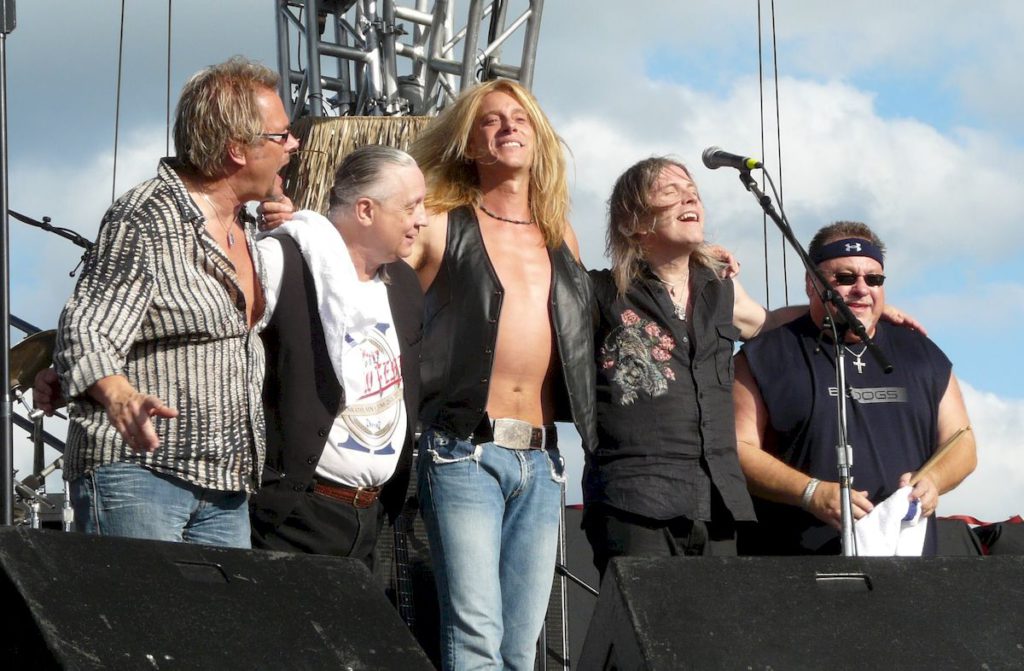
The Guess Who were Canada’s answer to the British Invasion, except instead of conquering America, they politely requested if maybe they could play some songs if it wasn’t too much trouble. Formed in Winnipeg—a city whose winters could make a polar bear reconsider its life choices—they evolved from a cover band into purveyors of genuinely innovative rock.
Their 1969 hit “These Eyes” made Americans briefly acknowledge that musical talent existed north of their border. “American Woman” topped the Billboard charts in 1970 with its biting critique of U.S. culture—which Americans promptly misinterpreted as a compliment and turned into a patriotic anthem (proving irony doesn’t cross borders easily).
Randy Bachman eventually left to form Bachman-Turner Overdrive, apparently deciding that having one successful Canadian rock band wasn’t confusing enough for classic rock DJs. Their legacy as Canadian rock pioneers remains intact—like maple-flavored Rolling Stones, but with universal healthcare.
1. Sha Na Na
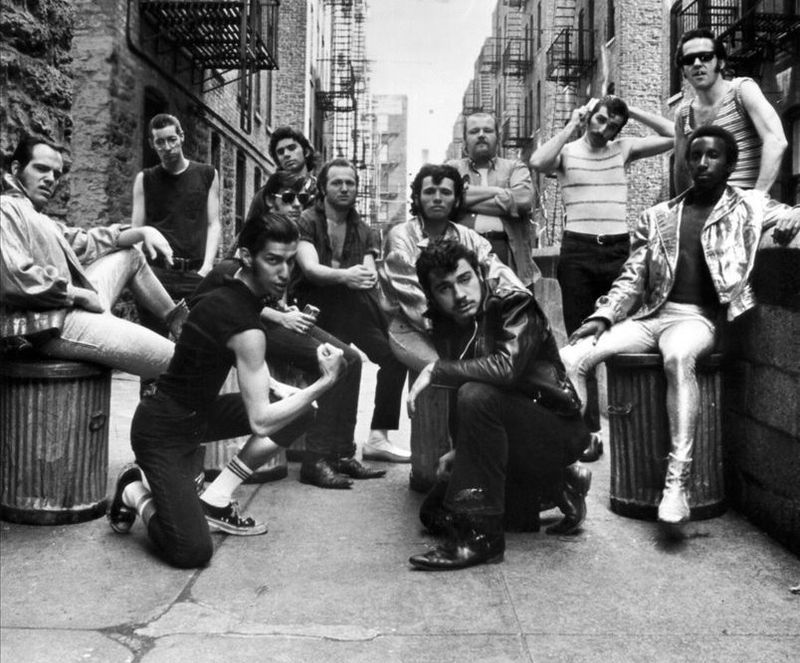
In a festival dedicated to peace, love, and chemical enhancement, Sha Na Na appeared at Woodstock like time travelers who took a wrong turn at 1955. While everyone else was busy creating the future of music, these guys showed up in gold lamé jackets performing songs your parents smooched to.
Their highly choreographed performances of 1950s classics were executed with military precision and the enthusiasm of people who genuinely believed pompadours were still cool. Their inclusion at Woodstock was like finding a Norman Rockwell painting in the middle of a Picasso exhibition—completely out of place yet somehow fascinating.
They parlayed their anachronistic appeal into a role in the 1978 film ‘Grease’ and their own TV variety show, bringing doo-wop to a generation whose parents had tried desperately to protect them from it. Their success helped spark the 1950s nostalgia craze that proved America’s favorite pastime isn’t baseball—it’s remembering times that were probably terrible but sound better in retrospect.




